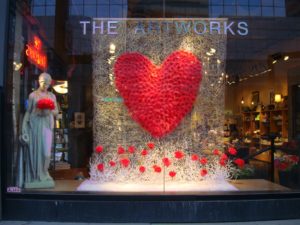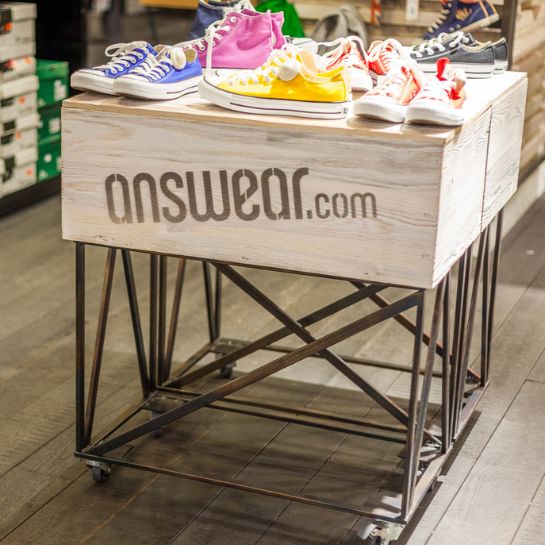Planning a display change strategy is a part of the work of a visual merchandiser. Sales are set by dates – holidays, anniversaries etc. – all this increases the traffic in the store. The visual merchandising calendar is a schedule for changing shop windows and displays at the same time. It is an indispensable work tool for any visual merchandiser.
A well-planned schedule of changes to the display in the store helps to increase the sale of products. Thanks to this, you will avoid unpleasant situations, such as the lack of a sufficient assortment in stock. Depending on the type of brand and its size, the vm calendar is created six or twelve months in advance. Some department stores do this even with 18 months of inventory.
It takes time to preapre a vm calendar, but benefits are huge. Thanks to this, your storefront and product display in the store will follow the current trends and occasions. For example, the Christmas storefront is planned during the summer holiday. The implementation of the exhibition requires the preparation of the design, time for execution and implementation. Regular changes to the exhibition attract customers attention. Thanks to this, the store has an attractive appearance, fresh and up-to-date. Customers come to the store having a purchase plan already. They don’t want to waste time and prefer to ask the seller about the concrete item. A salesperson should be oriented to the store offer, nevetheless it is not uncommon that sales people are not up to date with the current sales or products.

Photo: townandcountrymag.com
According to consumer research, the exposure should change approximately every 2 weeks. Every 15 days or so, customers go shopping and expect something new in their favorite stores. This does not have to mean a radical change of the entire store, but small metamorphoses, such as changing the styling of mannequins on the storefront or moving the products to another place.
The basic schedule for changing the exposition is: seasonal display– spring / summer and autumn / winter (Christmas) and sales displays. Seasonal changes require a larger budget than sale rotations.
To begin with, enter 4 key dates in the calendar:
Then it is worth to choose what dates are important for your brand and will be conducive to its promotion. We can then plan a sale of some products or other campaigns that increase traffic in a stationary store. Popular festivities are: Prom, Grandma’s / Grandfather’s Day, Valentine’s Day, Women’s Day, Easter, Mother / Father’s Day, Children’s Day, Back to school, Black Friday, Christmas, New Year’s Eve.

The Artworks Valentine’s Day Display. Photo: zenmerchandiser.com
The VM calendar will depend primarily on the type of brand and the products you offer.
Complete the calendar with planned marketing campaigns. These can be promotions such as: mid-season sale, shopping night, etc. This step is important for the subsequent preparation of POS materials.
It is worth planning photo sessions and other activities needed to implement the plan in advance. And above all, the vm calendar should be available to store employees.
Shops that do not follow the times lose a lot. Attracting new customers to a brick-and-mortar store is a real challenge. A person interested in a potential purchase at our point must first go inside. An attractively planned shop window can be such an “invitation”. How to create a storefront that will increase sales in the store? You can read in our article.

18.04.2024
For e-commerce, brick-and-mortar stores serve as a way to increase their visibility and offer a richer shopping experience within an omnichannel sales approach.